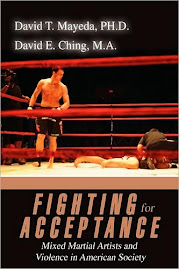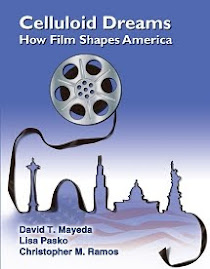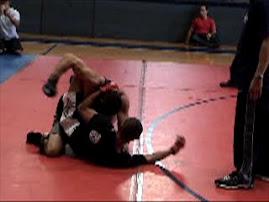 The collective violence that occurred in the western Sudanese region of Darfur drew significant international attention. Unfortunately, a key contributing factor to the violence in Darfur that few people are aware of is climate change.
The collective violence that occurred in the western Sudanese region of Darfur drew significant international attention. Unfortunately, a key contributing factor to the violence in Darfur that few people are aware of is climate change.As different ethnic groups lost crops and the Sudanese government worked in tandem with militia groups (the Janjaweed) in attacking non-Arab tribes over a battle for scarcer resources, genocide ensued.
As this Los Angeles Times article explains, the same pattern could be on the horizon in Kenya, where the necessary elements are in place that frequently lead to horrific forms of inter-ethnic violence -- scarce natural resources, over-population, corrupt government, a lack of international intervention, poverty, and a proliferation of small arms.
From the story, "Kenyas draw weapons over shrinking resources":
Tribes that lived side by side for decades say they've been pushed to warfare by competition for disappearing water and pasture. The government is accused of exacerbating tensions by taking sides and arming combatants who once used spears and arrows.
The aim, all sides say, is no longer just to steal land or cattle, but to drive the enemy away forever.
It's a combustible mix of forces that the United Nations estimates has resulted in at least 400 deaths in northern Kenya this year. Moreover, experts worry that it's just the beginning of a new era of climate-driven conflict in Africa.
And as noted previously, prolonged, intensified inter-ethnic clashes over dwindling resources could be turning into a pattern across Africa, even though climate change is largely understood to be a problem driven by high-income countries. More from the article:
Africa is no stranger to conflict: The continent has been rocked by war, ethnic hatred, post-colonial border disputes and competition for resources, including oil and diamonds. But as the deserts encroach in Sudan, rainfall declines in the Horn of Africa -- a 15% decrease is predicted over the next few decades -- and fresh water evaporates in the south, climate change is transforming conflicts and kicking old tensions into overdrive.
"Climate change amplifies and escalates vulnerability," said Achim Steiner, director of the U.N. Environment Program. "It doesn't mean that conflict is inevitable, but it's much more likely."

And finally, easy access to small arms exacerbates the problem. Not surprisingly, the United States produces the highest number of weapons in the world, a good portion of which make it into the black market (see HERE).
But conflict is perhaps the most alarming symptom. Violence is becoming deadlier thanks to population growth and the proliferation of arms. Thirty years ago, a few dozen tribal warriors with spears might have clashed at a water hole. Today rural communities are armed with AK-47s and even national armies are jumping into the fray.
[...]
Most climate-related conflicts in Africa have been localized, but experts warn that "climate wars" between neighboring countries could be on the horizon.
"If there will be any wars, they will probably be over water," said Odingo of the climate change panel.
It's globalization at its worst. The whole article is an important and engaging read; check it out.

(Photos via the L.A. Times)





















